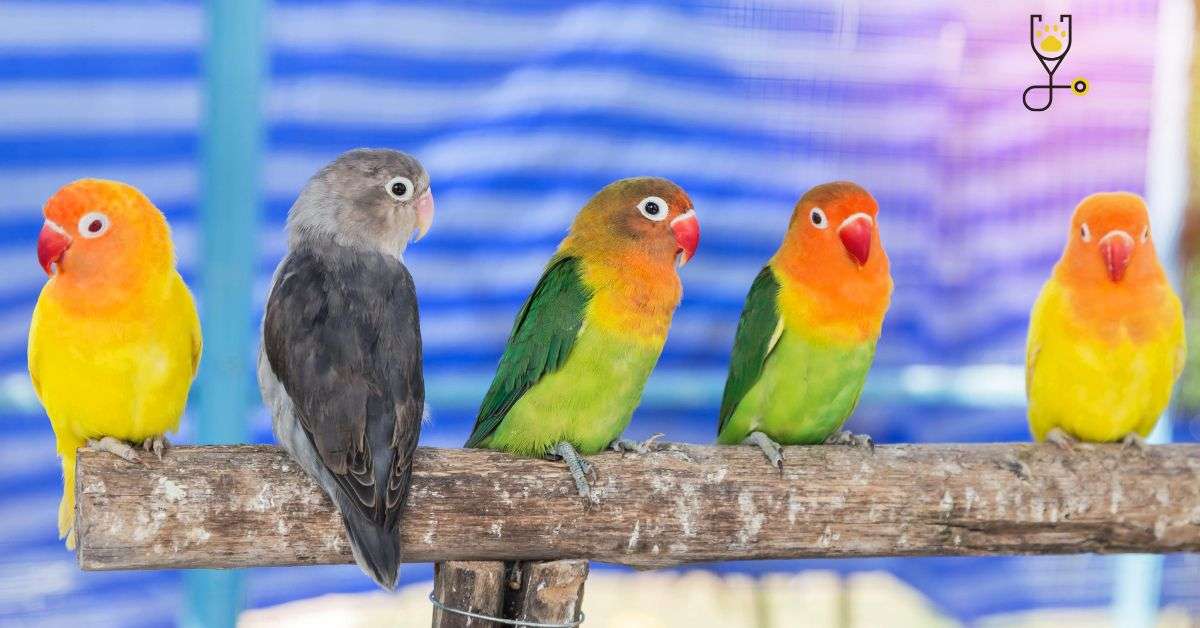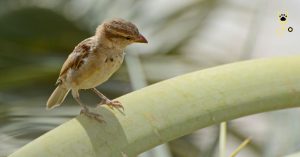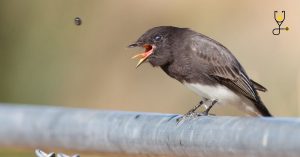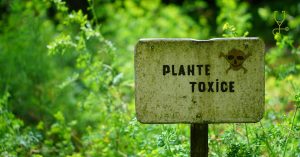Do you have a lovebird? If so, you know that they require a lot of attention. Not only do they need to be fed and housed properly, but they also need regular baths. Bathing your lovebird is not only important for their health, but it’s also a lot of fun!
Read: How To Care For Sick LoveBirds
Here are some tips about bathing Tips for Lovebirds and how to give your lovebird the best bath ever.
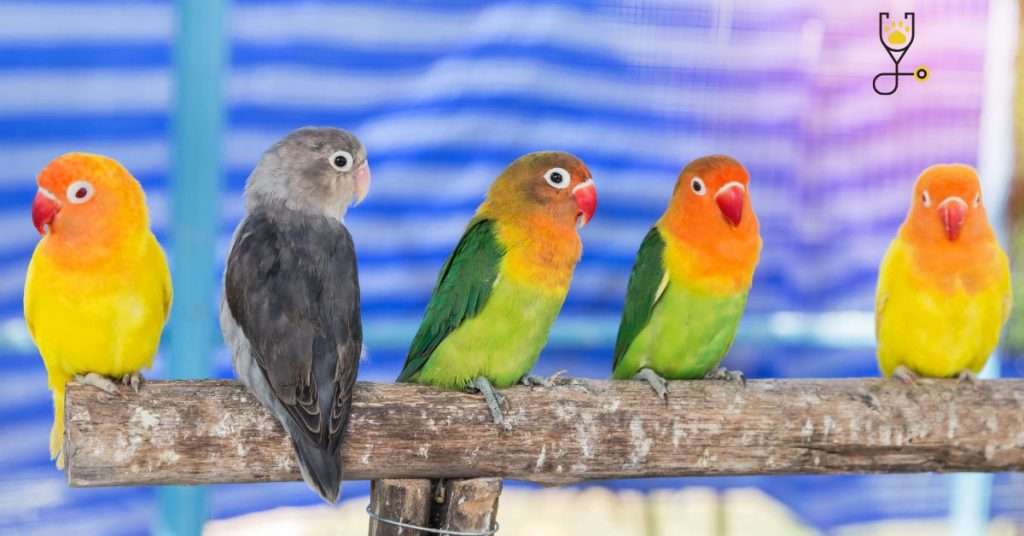
The Importance of Bathing Lovebirds (Interesting Information)
There are a variety of lovebird species, and each has its own unique personality. Some lovebirds enjoy bathing and will eagerly take a dip in their water dish, while others are scared of water and will do everything they can to avoid it. However, all lovebirds benefit from regular baths. Bathing helps to remove bird dust and other toxins from their feathers, which can lead to itchiness and discomfort.
In addition, it helps to keep their environment clean and free from harmful bacteria. As a result, owners should make an effort to provide their lovebirds with regular baths, even if the birds do not seem to enjoy it.
Similar: How I Gained My Lovebird’s Trust (Let’s See 2022)
How Often Do Lovebirds Need To Bathe (A Comprehensive Guide)
The frequency of baths will depend on the species of lovebird and the bird’s individual preferences. Some lovebirds enjoy daily baths, while others only need them once a week or so. It is best to experiment to see what works best for your bird.
If you have never given your lovebird a bath before, start by giving them a quick sponge bath using a damp cloth. This will help them get used to the idea of being wet without being overwhelmed. Once they are comfortable with this, you can move on to full baths.
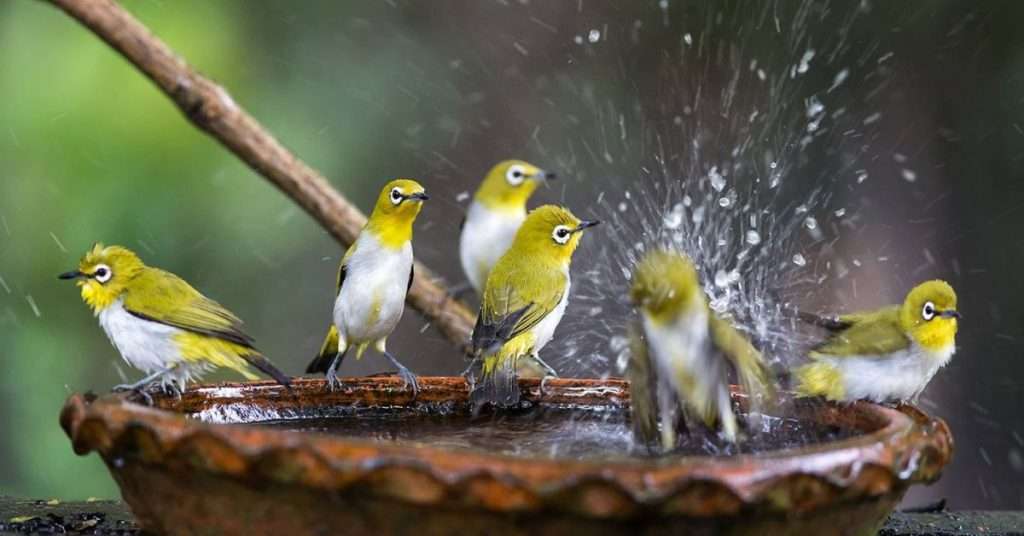
The Best Way to Bathe Your Lovebird (You Need To know)
There are a few different ways that you can bathe your lovebird. The method that you use will depend on the size of your bird and your personal preferences.
Sink or Small Tub
One option is to use a sink or small tub. Fill the sink or tub with about two inches of warm water and place your lovebird inside. Let them splash around for a few minutes before using a cup or pitcher to pour water over their back and wings. Be sure to avoid getting water in their nostrils or eyes.
After their bath, you can wrap your bird in a soft towel to help them dry off. You can also put them in a warm, draft-free room until they are completely dry.
Include Leafy Vegetables
Another option is to add some leafy greens to your bird’s bath. This will provide them with a chance to play and forage, while also getting clean.
To do this, fill a sink or small tub with two inches of warm water and add a few leaves of kale, spinach, or other greens. Let your bird splash around and play for a few minutes.
Pretend to Be Excited About the Bath
If your bird is resistant to bathing, you may need to pretend to be excited about it yourself. Talk to your bird in a happy voice and let them see you getting everything ready. This may help to convince them that baths are fun!
Bird Bath
Another option is to buy or make a bird bath. These baths are designed specifically for birds and are shallow enough that your lovebird won’t be able to drown.
To use a bird bath, simply fill it with warm water and place your lovebird inside. Let them splash around for a few minutes before using a cup or pitcher to pour water over their back and wings. Be sure to avoid getting water in their nostrils or eyes.
After their bath, you can wrap your bird in a soft towel to help them dry off. You can also put them in a warm, draft-free room until they are completely dry.
Spray Bottle
Another option is to use a spray bottle filled with warm water. Spray your lovebird with the water, being careful not to get any in their face. Once they are wet, you can use your hands to gently massage their feathers and help them wash.
No matter which method you choose, always make sure that the water is not too hot or too cold. You should also avoid using soap, as this can be harmful to your bird. If you need to use soap, opt for a gentle, unscented bird-safe soap.
Learn More: 7 Things You Should Know Before Buying a Pet Bird
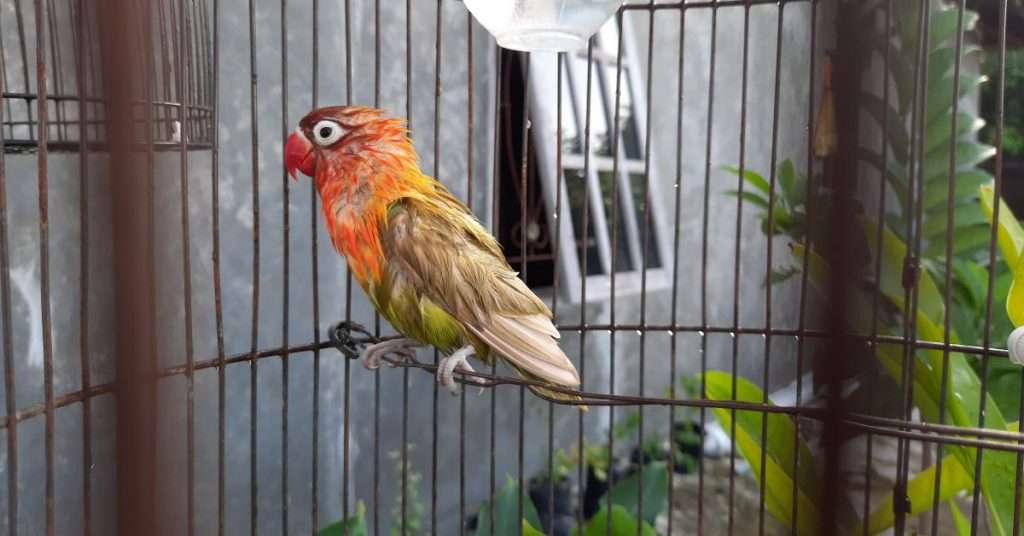
How to Make Bath Time More Enjoyable for Your Lovebird
The key to making bath time more enjoyable for your lovebird is to make it as stress-free as possible. Here are a few tips:
- Choose a quiet time when there will be no distractions or interruptions. This will help your bird stay calm during their bath.
- Keep everything you need within reach so that you don’t have to leave your bird unattended.
- Talk to your bird in a soft, soothing voice throughout their bath. This will help them relax.
- Reward your bird with a treat after their bath. This will help them associate baths with something positive.
With these tips, you can ensure that your lovebird enjoys their bathtime and comes out feeling refreshed and clean!
Learn All You Need To Be a Responsible Bird Owner in “The Pet Birds – Ultimate Guide To Be a Responsible Bird Owner“.
Conclusion
Giving your lovebird regular baths is an important part of their care. It helps to remove dirt and toxins from their feathers, and it also helps to keep their environment clean. When bathing your lovebird, be sure to use warm water and avoid getting water in their nostrils or eyes. You can also wrap them in a soft towel to help them dry off after their bath.
Learn More: How To Build An Inexpensive Backyard Aviary

